
Scones should be eaten in the afternoon with jam and cream; never in the morning, and never with butter, or England will sink. In Australia (and probably New Zealand, and maybe even Canada), this is called a Devonshire tea. In Devon, this is called a cream tea. The cream should apparently be clotted, not whipped, but I can't disapprove of oozing heavy cream on a slightly-sweet scone and gritty, fruity jam. The jam, according to custom, should always be strawberry. After the scone has been cut in half, the cream should be applied before the jam. This just seems counter-intuitive to me; I like jam before cream, but that may be my convict ancestry speaking.

This combination of things - scones, jam, cream - really tastes best when consumed under foaming boughs of May blossoms in the Orchard at Granchester. There you can carry your perilous tray of tea and milk and scones out among the apple trees and sit on low-slung, bird-spotted garden chairs near the river. There you can praise the name of the Duchess of Bedford, who invented afternoon tea in the 18th century when the time between lunch and dinner suddenly became far too long.
This recipe makes crusty, slightly fissured scones: not too sweet and not too sexy. They taste very good.
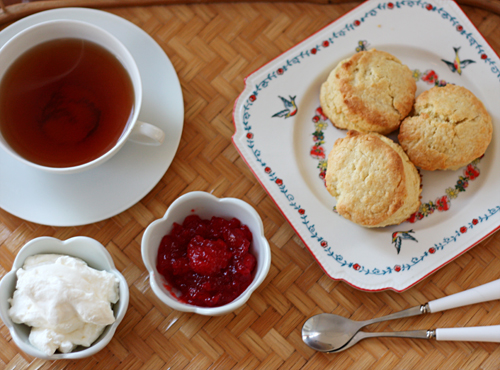
Scones
adapted from a recipe by Delia Smith
8oz (225g) self raising flour*
pinch of salt
3oz (75g) unsalted butter, at room temperature and cut into small lumps
1.5oz (40g) sugar
1 large egg
2tbsp heavy cream
Sift flour and salt into a large mixing bowl. Add cut butter and lightly rub into the flour until the mixture looks like breadcrumbs. Mix in sugar.
In a jug, beat the egg together with the cream. Add slowly to flour mixture. Mix with a palette knife. When the dough begins to come together, finish it off with your hands. It should be soft but not sticky, and leave the sides of the bowl clean.
Shape the dough into a round with your hands and place it on a lightly floured surface. Flour a rolling pin and lightly roll out the dough to a thickness of 1 inch. Use a 2 inch round cutter to cut out the scones. When you are left with only trimmings, gather them together and roll them out again to cut more.
Place the scones on a lightly greased baking tray that has been dusted with flour. Brush them lightly with a little more cream, then dust with flour. Bake in a hot oven – gas mark 7, 425°C (220°C) – for 10-12 minutes, or until they are well risen and golden brown, then remove them to a wire rack to cool.
Makes about 9 scones. Best when eaten warm.
* Self raising flour already has baking powder in it. To convert plain flour to self raising, add 1.5 tsp baking powder for every cup of plain flour. For this recipe, I used 2 tsp baking powder.

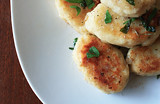
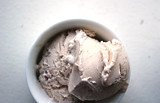
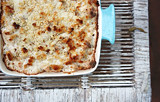
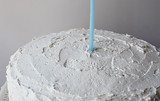



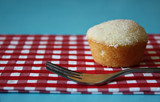
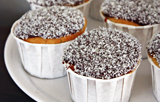


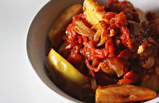



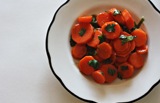
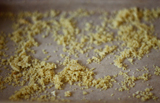


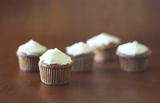


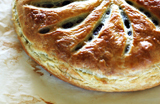
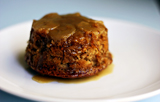
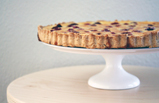
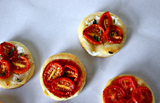
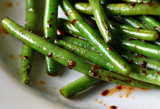


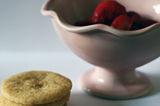


1 comment:
Looks delicious! Great photos
Post a Comment